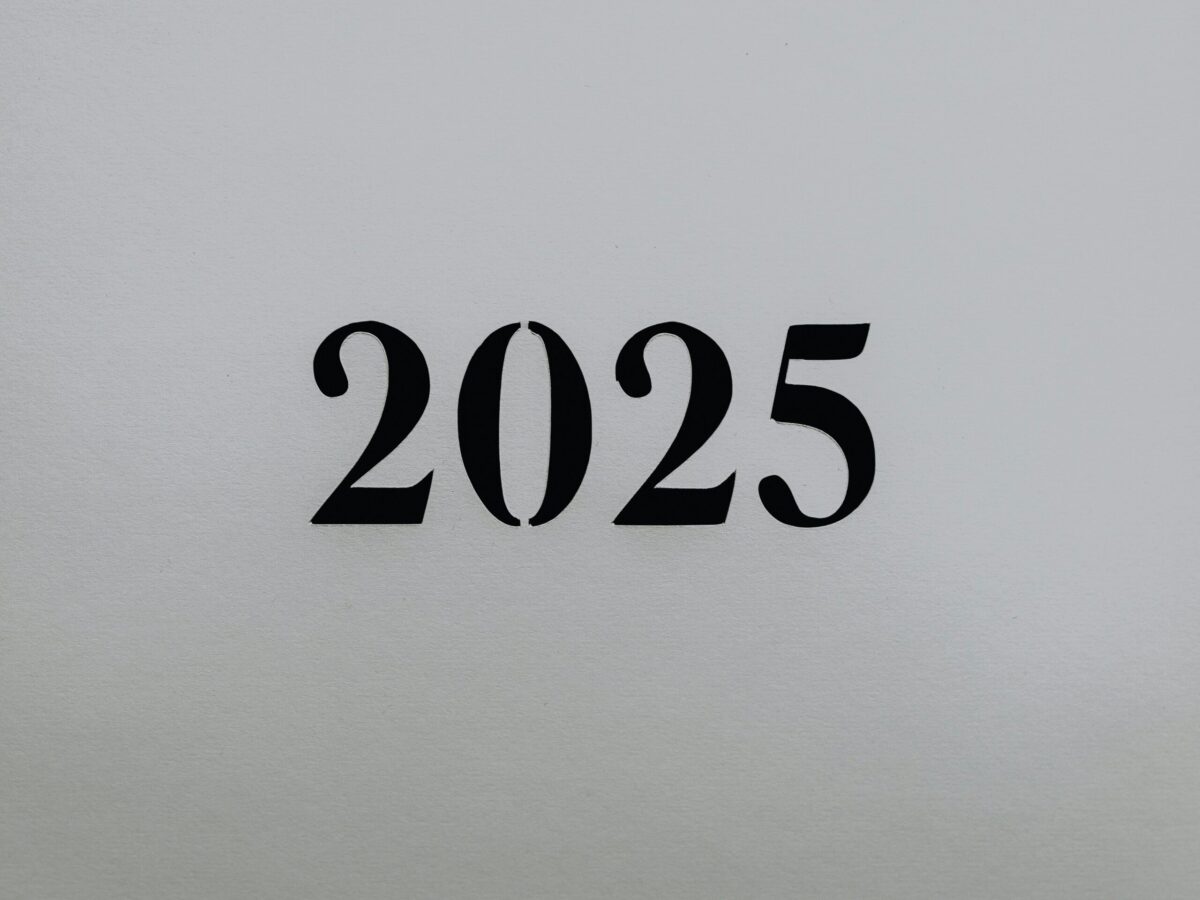The decentralised finance (DeFi) sector had a tough start to 2025. A new report from crypto analytics firm DappRadar shows that the total value locked (TVL) in DeFi fell by 27% in the first three months of the year. By the end of March, the TVL had dropped to $156 billion.
This fall happened during a time of economic uncertainty and after a major security incident involving the Bybit exchange. These issues created fear in the market and led many users to move their funds out of DeFi platforms.
Ethereum, which is the biggest blockchain for DeFi activity, was hit hard. Its TVL fell by 37%, down to $96 billion. Other popular networks like Solana, Tron, and Arbitrum also suffered, each losing more than 30% of their locked assets. Among the top ten blockchains, Sui saw the biggest loss with a 44% drop. It ended the quarter with just $2 billion in locked value.
Along with the drop in TVL, Ethereum’s price also went down. $ETH lost nearly half of its value, falling 45% to $1,820. This price drop added more pressure to the DeFi market. DappRadar said that blockchains with more withdrawals and fewer stablecoins in their systems were affected the most.
The Chief Investment Officer at Kronos Research, Vincent Liu, said the situation shows how sensitive DeFi is to changes in the wider economy. “Both Ethereum and Bitcoin have seen fewer active addresses recently. That shows people are losing confidence because of price changes, stronger competition, and concerns about the economy”, he said.
The price of Bitcoin also dropped. $BTC had reached a record high of over $108,000 in January, but by the end of March, it was trading at around $83,000.
Many experts link the market decline to new economic policies under US President Donald Trump. Although his election in November 2024 helped push crypto prices higher at first, that optimism faded in early 2025.
This was mainly due to new tariffs on trade partners and worries about ongoing inflation. The US Federal Reserve also paused interest rate cuts, which added more uncertainty to the financial markets.
The Research Director at HashKey, Kevin Guo, said DeFi still has room to grow and improve. “DeFi has come a long way, but it still isn’t easy for big institutions or everyday users to use. Traditional exchanges are still better at offering secure and affordable services. DeFi needs to catch up in that area”, he said.
Guo also said that high fees, confusing interfaces, and complicated processes keep many retail users away. More experienced traders also tend to prefer the tools and liquidity offered by licensed exchanges.
Still, some experts believe DeFi has long-term potential. The Research Director at LVRG, Nick Ruck, said: “DeFi could offer stable returns in the future, especially as more regulators support the idea of using blockchain and real-world asset (RWA) products in traditional businesses”.
Despite the downturn, there was one standout performer in the DeFi world. A new blockchain called Berachain launched its mainnet on 6 February and quickly grew. By the end of March, it had $5.17 billion in TVL. That made it the only top-10 blockchain to grow during the quarter.
AI and social apps attract more users
While DeFi was struggling, other parts of the blockchain world saw strong growth. Applications that use artificial intelligence (AI) or focus on social features gained more users in early 2025.
DappRadar reported that the number of daily unique active wallets (DUAW) using AI protocols went up by 29% during the quarter.
These protocols had about 2.6 million daily users by the end of March. Social decentralised apps also grew, with DUAW increasing by 10% to 2.8 million.
These numbers show that more people are using blockchain for things beyond finance. AI-powered tools are now being used in real ways, not just as ideas or experiments. Many of these tools help users automate tasks or make it easier to interact with decentralised systems.
Social apps have also seen success by making it simpler to launch tokens and get users involved. This shift suggests that people are now exploring different uses for blockchain technology, especially ones that offer more direct value in their daily lives.
“There’s clearly a pivot happening in Web3. AI and social platforms are pulling in users who wouldn’t normally get involved with DeFi. These platforms are easier to use and feel more useful”, said Liu from Kronos.
The changing user interest also reflects how the market is reacting to larger economic and political changes. With crypto prices down and traditional DeFi losing ground, AI and social apps have become more appealing to many users.
NFTs and GameFi see declines
Not every part of the crypto world had a good quarter. Non-fungible tokens (NFTs) and GameFi projects both saw a drop in activity.
NFT trading volume fell by 25%, ending the quarter at $1.5 billion. Among the trading platforms, OKX came out on top with $606 million in sales. That puts it ahead of well-known names like OpenSea and Blur.
The most traded NFT collection was Pudgy Penguins, which brought in $177 million in sales. CryptoPunks, another popular collection, also did well, generating $63.6 million from fewer than 500 transactions. Despite lower trading volumes, CryptoPunks kept their reputation for being valuable and exclusive.
GameFi platforms, which mix gaming with financial incentives, also struggled. DappRadar didn’t provide exact numbers, but said that many of these projects had trouble keeping users engaged.
Liu said the weakness in NFT and GameFi markets may continue unless the economy improves. “These areas are under pressure. Unless things change in the broader market, we probably won’t see a quick recovery here”, he said.
Meanwhile, data from DefiLlama showed that DeFi’s total locked value dropped even further after March. From a recent high of $137 billion in December 2024, the number fell to $94.49 billion. At one point in March, it even dipped to a low of $88 billion.
Liu said that if economic conditions improve, DeFi might recover. A change in Trump’s trade policies or good inflation numbers from the US could help restore confidence. “Innovation and price stability are both key for DeFi to bounce back”, he said.
Despite the challenges in early 2025, DeFi still holds long-term promise. But for now, the growth is happening elsewhere — especially in AI and social apps, which are quickly becoming the new focus of Web3 users.


